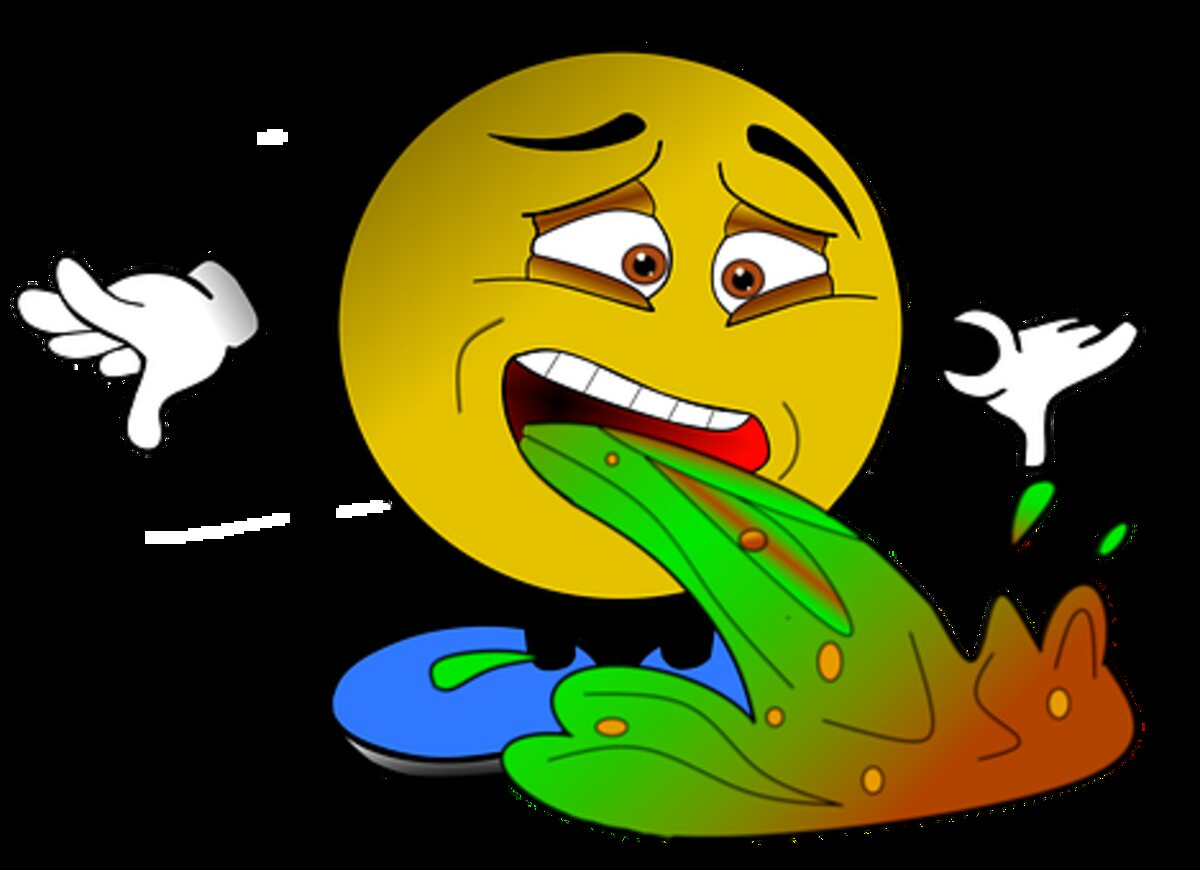There are various asthma symptoms, and it’s essential to know the difference between them to get the proper treatment. These include Shortness of breath, Chest tightness, Cough, and Blue lips. Your physician can prescribe a combination of medications to treat your condition. You can also learn what triggers your asthma, and you can learn to prevent flare-ups by taking steps to prevent them. If your symptoms are persistent and severe, you need to consult with a doctor immediately.
Shortness of breath
Shortness of breath is one of the first signs that someone has asthma, but it can also be a sign of other health problems. A physician can check for asthma using several tests. A physical exam involves listening to the chest, taking a temperature, and measuring oxygen levels in the blood. Next, a doctor may suggest an asthma inhaler or prescribe breathing exercises to help you breathe more easily.
Asthma symptoms may occur anytime and in many situations. For example, they can happen during early summer days or in the cold winter air. It can also happen after you touch an allergen or eat certain foods. You may also feel your symptoms worse during the morning or evening hours.
Chest tightness
Chest tightness is one of the most common symptoms of asthma and can occur alone or in combination with other asthma symptoms. It can be very distressing and may cause anxiety. If you experience chest tightness, see your doctor right away. Chest tightness can also signal a potentially life-threatening asthma attack.
Although the exact mechanism behind the development of chest pain in asthma is unknown, it is believed that patients have mechanoreceptors in their chest that react to changes in lung size. Inhalation of certain irritants triggers this response, which leads to a sensation of chest tightness. In addition, increased muscle tone may lead to increased stress on the rib joints.
Cough
Cough and other asthma symptoms are common for children and young adults and can affect a person’s daily life. The symptoms can range from mild to severe, and they can cause the sufferer to miss school or work. Some symptoms can also worsen during certain seasons. For example, individuals who are allergic to pollen and animal dander are more likely to have worse asthma symptoms during spring and fall.
Other asthma symptoms include chest pain, tightness, wheezing, and shortness of breath, especially during exercise. For children, a common asthma symptom is involuntary wheezing, a whistle-like sound made when a person exhales. Fortunately, asthma treatment is available to help a person breathe easier and stay active throughout the day.
Blue lips
Blue lips are one of the signs of asthma, a condition that impairs blood flow. When blood is devoid of oxygen, it appears blue, while blood that contains oxygen appears red. This lack of oxygen in the blood is most likely to affect the lips because of their thin skin and membranes. This condition may be triggered by a severe asthma attack or prolonged breathing difficulties.
If you’re experiencing blue lips, you must see your doctor. Many conditions can cause blue lips. While a range of factors may cause the color, a pulse oximeter test can help to diagnose the condition. The device will measure oxygenation levels in the blood by comparing red light to infrared light. Another test is an arterial blood gas test, which detects other conditions contributing to the bluish skin and lips.
Allergies
Allergies are common asthma symptoms, but they are not the cause. Instead, allergies are the body’s reaction to a substance called an allergen. These reactions are triggered by the immune system, which is responsible for protecting the body from disease. It produces an antigen called immunoglobulin E, a chemical that fights back against threats. These reactions cause airways to tighten and produce mucus. The muscles in the airways also become constricted, which makes breathing difficult.
There is no cure for allergic asthma, but it can be controlled by limiting exposure to triggers. Your healthcare provider may prescribe medication to control your asthma symptoms. Allergy shots may also be recommended.
Inhaled allergens
Asthma is typically an allergic condition, and environmental allergens can trigger it. These allergens can include pollen, dust mites, mold, and pets. Therefore, people with allergies should take precautions to avoid these triggers and reduce their exposure.
Allergens can cause mild inflammation of the lungs and airways, causing symptoms such as wheezing and difficulty breathing. These symptoms can range in severity but typically begin with coughing or wheezing. The inflammation can also lead to airway tightness. Each individual’s reaction to triggers varies; some are more likely to cause asthma than others.



